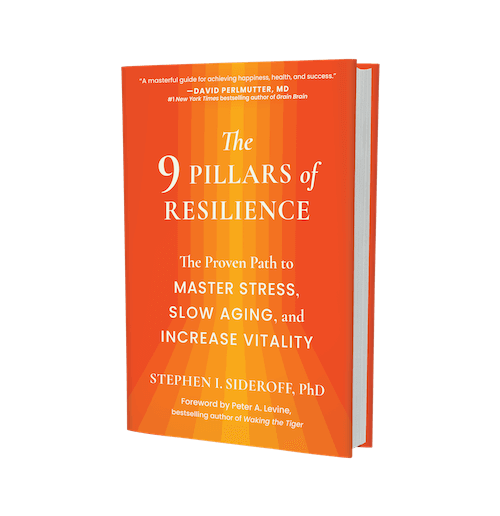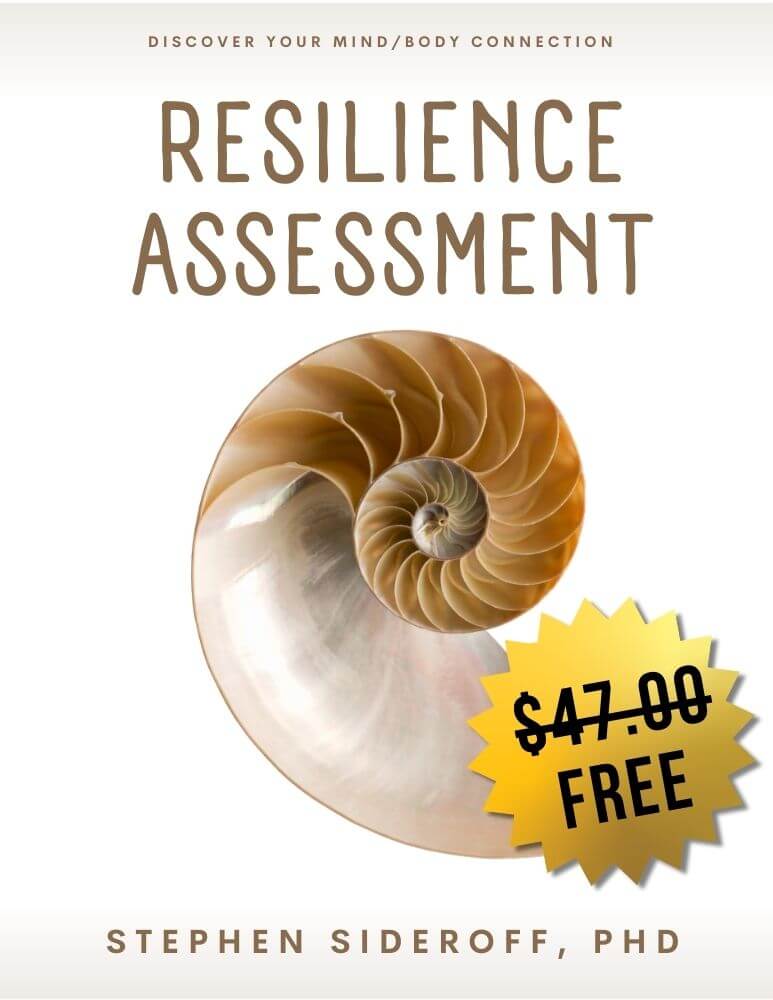Do you hear your “call to action”?
Movies and literature are replete with the main character engaged in what is commonly referred to as the hero’s journey, or quest. The movie or book may start peacefully, but something happens that challenges this character and his or her stable world. There is a disruption in the comfort of their world. This disruption presents a “call to action”.
At first the hero may have fears that cause him or her to hesitate. Perhaps it’s insecurity or deep personal doubts about being able to meet the challenge. The hero balks at taking the challenge. Perhaps it seems too big, or perhaps he/she doesn’t want to leave the comforts of home. But circumstances will not allow complacency. The challenge, the disruption, the crisis follows our hero, making life uncomfortable and even impossible to maintain.
The hero is forced out of her/his comfort zone, the environment and the world he/she is familiar with and confident in. During the hero’s journey she or he faces many tests each more difficult than the last. During this process the hero must determine whom to trust and whom to be wary of. As the hero confronts instead of running from each challenge, it supports the development of greater character, personal resources, and skills.
The journey causes the hero to face his/her innermost demons and fears; sometimes represented by going into a cave, where unspeakable dangers lie. With each step on The Path, the hero must find his/her courage and grow from the experience until there is the success that restores balance, wholeness and safety to the hero’s world.
Do you hear the call to action?
We are all born whole. Some might say we are whole prior to being born and then thrust out into the world that separates us from that place of wholeness. We are born into a family, a culture, a system that causes fragmentation of our selves. Joseph Campbell, renowned professor of mythology and religion, said that the “system eats us up”. We learn to conform to that system because our survival depends on it. Our survival depends on our primary caregivers and thus we adapt to the world the way they see it. The result is a wounding of major or minor proportions. We use our intellectual abilities to make this adaptation, and in the process, we separate from our bodies, where hurt is stored. We perpetuate this separation as a way of avoiding emotional and physical pain. It is easy because it fits with everyone around us.
Your personal hero’s journey
You may not recognize it, but you are faced with your own personal hero’s journey. The one that each of us faces has similar stages and challenges as described above. For most, we don’t recognize it until it hits us square in the face and even then, we are unconscious to the process.
The “comfortable” place in which we begin this journey is usually not comfortable, but simply familiar and validated by all that surrounds us. In fact, this state is already out of balance. I refer to this “home” as your Primitive Gestalt Pattern. It is the pattern that develops during childhood as you try to navigate the dangers and traumas presented to you without drowning in them. The result is a cage that we find ourselves in as adults. It might be a gilded cage, but a cage none-the-less. A cage because you are captured – and blinded – by the lessons and survival of your childhood.
If we are able to tune in to the imbalance – overwhelm, chronic upset, being on a treadmill, sadness – it would signal that we need to figure out how to restore balance; to engage in the quest. Usually we only awaken to the process when we begin to experience more severe discomfort in the form of physical symptoms such as tension headaches or insomnia, or emotional symptoms like anxiety or depression. Even then one’s goal is typically and simply to eliminate the symptom. That is why most turn to medications that cover over the imbalance, the fragmentation, the loss of spirit or soul.
The Path and answering “the call to action”
I invite everyone reading this to listen more deeply to your unmet needs, or longings, and accept – even if it’s reluctantly – the “call to action” presented by your own imbalance and fragmentation; by your own wounding and loss of, or the covering over of your soul. Enter your personal hero’s journey for wholeness and aliveness.
What I’m referring to, more specifically, is a quest to find your own truth, your emotional healing, and depth. The journey is to challenge and leave the familiar and false comfort of your childhood lessons. These lessons might include: you are not good enough, people are out to get you, the world is dangerous, you must be perfect, your value is in what you produce, not who you are.
The quest is to uncover your wounding, even if you are afraid it will be too painful. The Buddha said that pain plus resistance leads to suffering. You can avoid the suffering of whatever form, by accepting the pain that is already present inside you. This is The Path to letting go of the pain.
The journey is to move your center of gravity from the old Primitive Gestalt Pattern of childhood to a more mature pattern that is based on self-love, compassion, acceptance, support and care. Briefly the steps on The Path include stalking your Primitive Gestalt Pattern; identifying your beliefs that are no longer appropriate and are now getting in your way. Beginning to define your new and more mature pattern, based on self-love and acceptance. This pattern supports rather than undermines.
Many of my clients can easily find aspects of this new pattern if they reflect on how they treat someone else they love, such as a close friend or their son or daughter. What did your baby child do to deserve your love and acceptance? Usually you give it willingly with no prerequisites. There is no reason to treat yourself any differently.
So your hero’s journey starts with the recognition of your fragmented self; your wounded self; your conditioned self, and the awareness that this place you are residing in no longer serves or fits you. The quest is to reach inside and find your courage to face your wounding, and to establish a new center of gravity around a self-image born out of love, acceptance, and self-support.
One of my clients once asked me, “Does it ever get easier?” In my own journey I wondered the same thing. My lesson, and response is very simple: when you get to the place where you source your life from inside, rather than the world out there, your path becomes easier. When you learn to trust yourself, rather than needing the validation of others, your journey gets easier.

